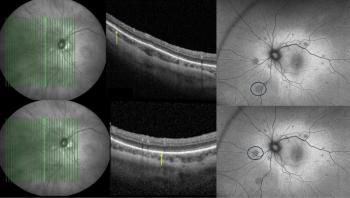
Body clock sensor in eye discovered
Light sensors present in 2% of retinal cells relate to the body's internal clock and not to vision, according to research published in the journal PLoS ONE.
Light sensors present in 2% of retinal cells relate to the body’s internal clock and not to vision, according to research published in the journal PLoS ONE.
Satchin Panda of the Regulatory Biology Laboratory at the Salk Institute for Biological Studies in La Jolla, California, US and colleagues toxically removed melanopsin, which detects the presence and intensity of light, from the retinal sensors of nocturnal mice; these mice retained normal vision but were unable to adjust their body clocks, and therefore awoke earlier in the evening than mice whose melanopsin-containing sensors were intact. The researchers found that both mouse and human genomes contain this “extra” light sensor.
The results confirm those of a separate study reported earlier this year in the journal Nature.Investigators believe that the study findings may offer new options for the treatment of light-related mood and sleep disorders.
Newsletter
Get the essential updates shaping the future of pharma manufacturing and compliance—subscribe today to Pharmaceutical Technology and never miss a breakthrough.













































